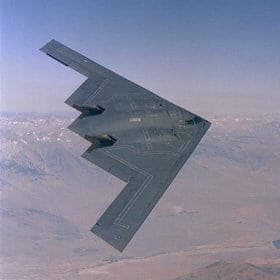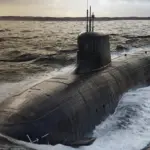
Defense Secretary Chuck Hagel announced an effort to improve the entire nuclear enterprise, from modernizing support infrastructure to hiring more maintenance workers to attempting to change the culture of the workforce – all with a several-billion-dollar price tag in a time when sequestration may strike again and nuclear modernization efforts are already draining Navy and Air Force budgets. Hagel ordered an internal review and an independent external review last February in the wake of several scandals in the nuclear deterrent…










